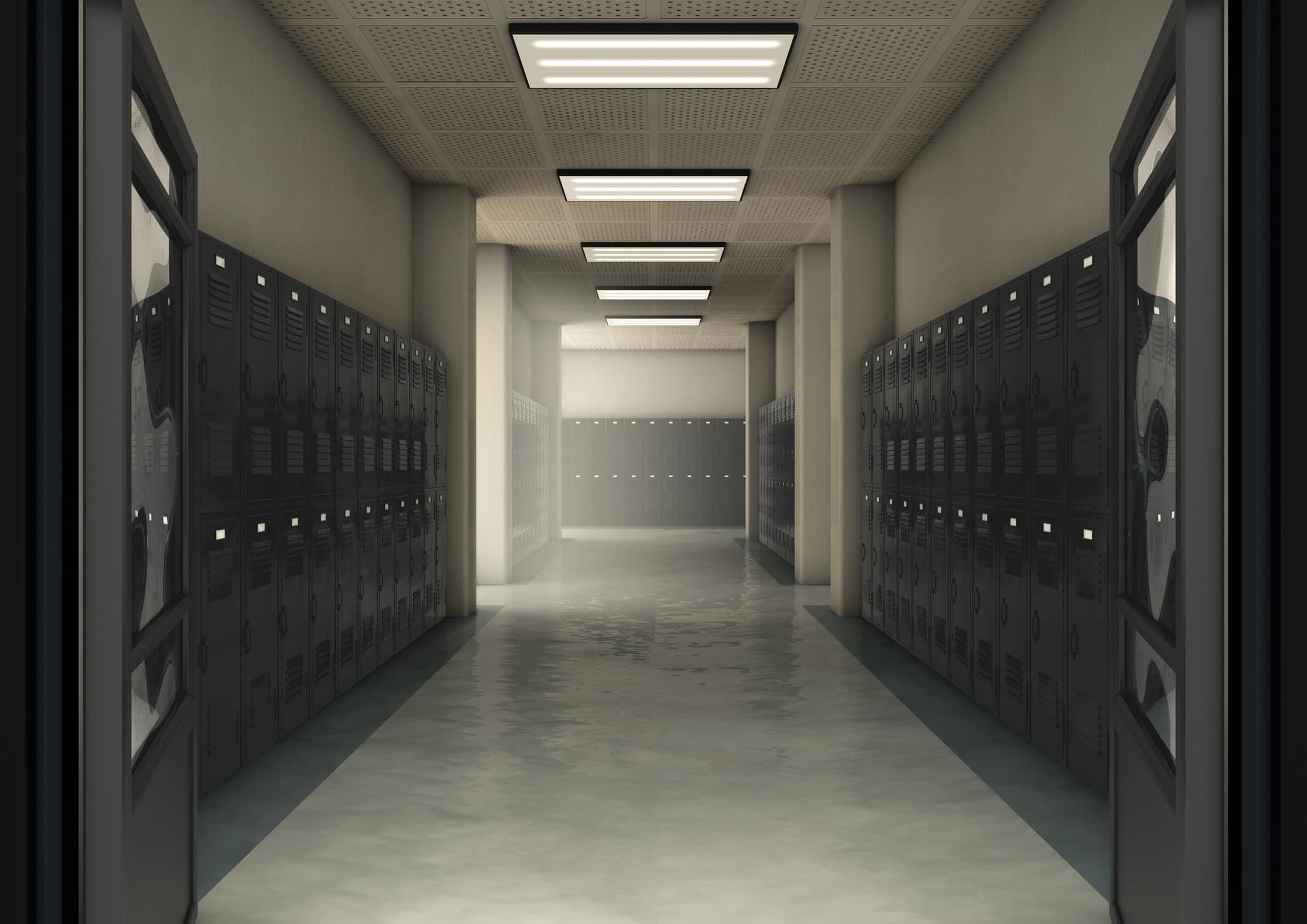Often times, lockdown response plans are developed without looking closely at the research and data from actual active shooter events. Training and planning should not just be based on opinion, but on real facts.
We recently partnered with Campus Safety Magazine on the webinar “Lockdowns: Developing a Realistic Crisis Response Plan,” to review various considerations schools and campus communities should take into account when developing such plans. Improving your crime prevention, notification, engagement, and management plans by evaluating empirical evidence can ultimately save lives.
Life-Saving Emergency Response Plans
The purpose of a lockdown is to secure staff, students, and visitors into the nearest secured facility or room to minimize their exposure to a potential threat and/or to allow them other survivable options. The sooner a lockdown starts, the more lives can be saved. A lockdown is the number one life-saving response during an active lethal threat event, but ONLY if you are not near the shooter.
Sight and sound attract an active shooter. If they can see you and you are still, then you are an easy target. Running is the number one life-saving response if you are near the shooter, because it is more difficult to hit a moving target. If barricaded in a room, stay against the door wall side and out of sight to be safe and secure.
95% of active shooters are already inside the building when gun fire begins. Therefore, if you or your students are outside and there is a lockdown, do not go back inside. Rather, you should leave the campus immediately. Only go inside if and when the building has been cleared for potential threats.
You need to conduct a comprehensive site assessment of your complete perimeter, the perimeter of every building, the interior of every building (doors, locks, windows), every floor, and your communication channels. Ensure all campus emergency management and school notification systems are in good working condition. Students should also be part of your campus alert and reporting systems for schools.
As far as timing, shootings tend to take place at the start of the school year and at the end of the school year. Additionally, they tend to occur during “passing periods” due to high density population, rather than during “classroom time.” We should rely on this real-life data when making lockdown response plans and be more vigilant during the times when there may be a higher risk.
Empowering and Training Students
A lockdown plan needs to be pre-defined and rehearsed by everyone, including all students and staff. Students should be involved in emergency preparedness and response in these situations to increase trust, as well as campus security. It should not just be a review of the guidelines. The key to training is to mentally and physically rehearse BEFORE an event occurs.
So often parents, teachers, and administrators are afraid to speak to students about these events for fear of scaring them. Students have the highest fatality rate in campus active shooter events and, yet, the emphasis on training is focused almost entirely on staff. It is better for them to have a plan and not need it than to need a plan and not have it. Do not fall into the complacent mindset of “I never thought it would happen to us.”
How do you gain buy-in to the fact that a shooting can occur and you need to be prepared? Have everyone look at the data. Victims in the immediate vicinity of a shooter may not always be accompanied by trained faculty and 67% of all active shooter incidents end before police arrive. Therefore, it is critical for both students and staff to feel empowered.
Violent events are very dynamic and fluid. Training should provide students and staff with options and encourage them to feel confident in determining the appropriate response based on their particular situation. More specifically, students need to know they do not need anyone’s permission to evacuate the building or barricade a door in an active shooter situation. They also need to know that their plan may need to change depending on how the threat changes.
Active Shooter Threats and the Pandemic
We are in the middle of a mental health crisis right now due to pent up frustration. Unfortunately, based on the research, that means there is a strong possibility of a spike in school shootings when students return to campus. Research shows elevated gun violence in schools significantly correlates with economic security and mental health.
Crime statistics show we’ve had limited mass shootings since the pandemic started, because of the decrease in mass gatherings. With that said, K-12 and higher education institutions need to be ready for when students and staff return to school. We should take advantage of this downtime and use it as an opportunity to enhance our plans.
Role of Technology in Saving Lives
Campus mass emergency notification systems with pre-defined automated actions for various scenarios are absolutely necessary. Your system needs to provide multi-channel communications, both audio and visual.
While there are a number of POST-incident response and recovery products available, the most critical technologies are those that have the potential to prevent an incident from happening before shots are even fired. One such technology is Omnilert Gun Detect, an AI-powered visual gun detection solution. It reliably and rapidly recognizes firearms and immediately triggers multi-channel alerts and automated pre-defined public safety protocols. The combination of these rich capabilities provides safety teams with the broadest array of solutions, spanning prevention, notification, engagement, and management.
Click here to watch a full demo of the industry’s first visual gun detection solution



